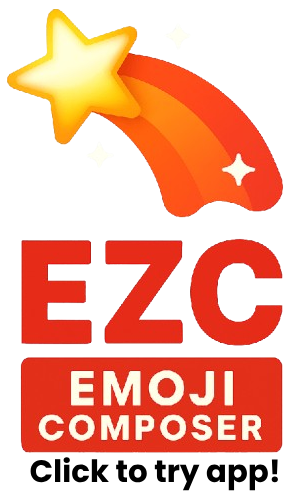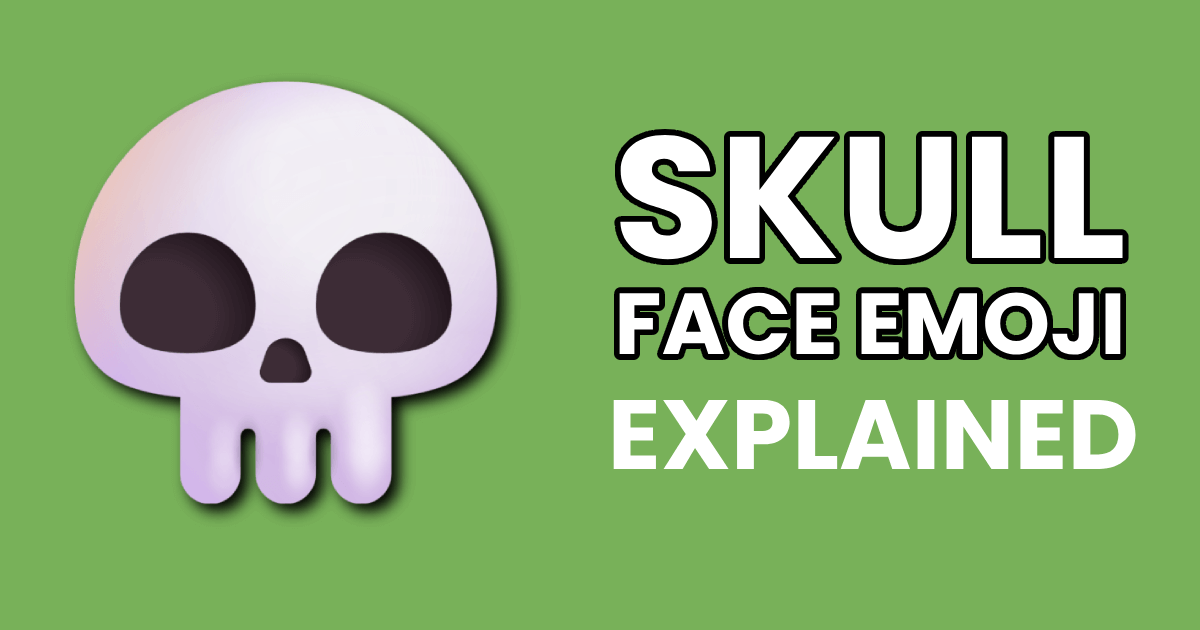The skull emoji meaning has changed dramatically over the past decade. Once a literal symbol of death and danger, it now thrives as a punchline. For Gen Z, it represents a reaction, not a fate. Today, sending the skull emoji usually means “I’m dead”—not in the physical sense, but from laughing too hard. This morbid little icon has been reborn as a digital expression of absurdity, cringe, and comedy. It’s not about mortality anymore; it’s about timing, tone, and the chaos of internet humour.
The shift didn’t happen overnight. It’s the result of evolving digital language, generational humour, and the natural decay of once-popular emoji. Symbols don’t stay fixed in meaning—especially not online. The skull emoji now exists at the intersection of ironic exaggeration and visual shorthand. What used to mean “deadly serious” now means “seriously hilarious.” And that makes it one of the most interesting examples of emoji repurposing in recent years.
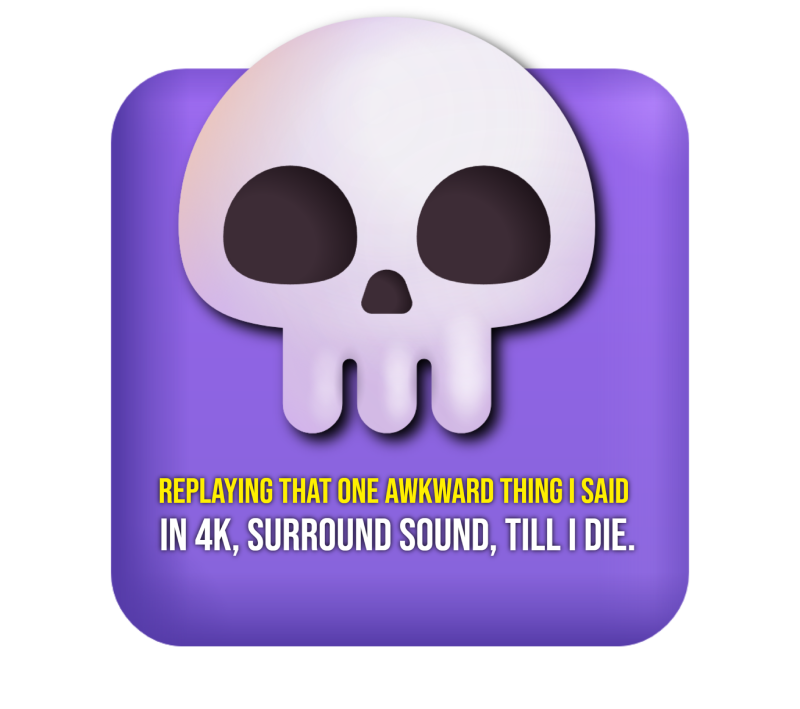
The Original Meaning of the Skull Emoji
When the skull emoji was added to Unicode 6.0 in 2010, its purpose was direct and unmistakable. It was meant to represent death, danger, or Halloween. In design terms, the emoji was neutral—a clean white skull with empty eye sockets and no blood, bones, or context. It didn’t scream for attention. It simply marked the end.
In early use, it was deployed sparingly. You’d see it alongside pumpkins and ghosts in October or maybe in tweets about horror films. At best, it lent some dramatic flair to discussions about mortality or macabre aesthetics. It wasn’t something you’d drop casually into conversation. Back then, emojis still mostly reflected what they literally showed. The skull emoji didn’t joke. It warned.
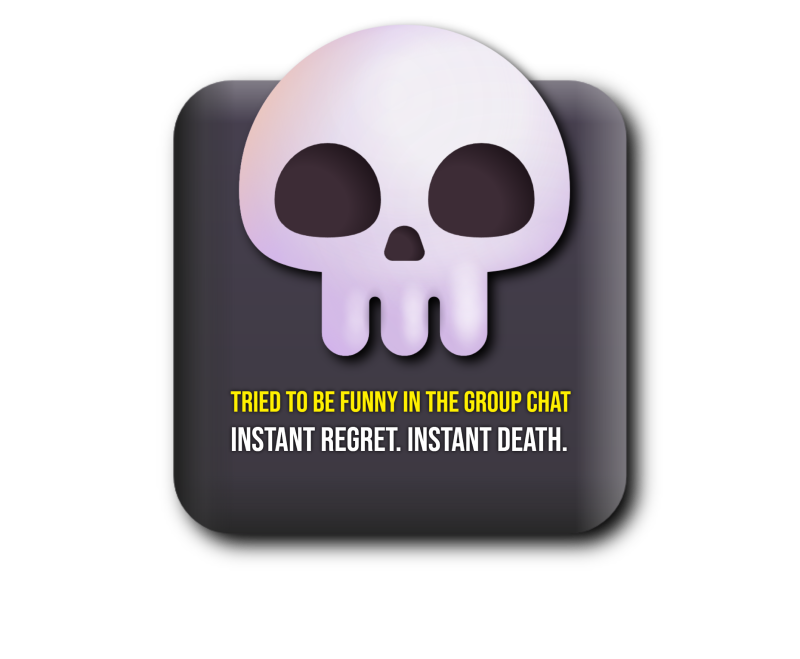
How “I’m Dead” Became the Funniest Thing You Could Say
The phrase “I’m dead” existed long before the emoji picked it up. It was part of a wave of hyperbolic internet reactions—alongside “I can’t,” “I’m screaming,” and “I’m crying.” None of these were meant literally. Instead, they dramatized an emotional response in a way that was bigger, bolder, and funnier than a simple “LOL.”
Eventually, the skull emoji became a visual stand-in for this kind of reaction. Rather than writing “I’m dead,” users began using the skull to say it for them. No explanation needed. One emoji said everything. That kind of efficiency made it perfect for comment sections, group chats, and meme captions. Its stark visual contrast made it pop, and its tone matched the detached irony that defines much of online humour.

Why Gen Z Adopted the Skull Emoji as Comic Gold
Every generation shapes its own visual language. For Gen Z, the skull emoji offered something older emojis couldn’t: deadpan absurdity. Where the crying-laughing emoji started to feel forced and dated, the skull emoji delivered dry comedic timing. It looked serious but felt ridiculous—exactly the kind of layered tone that resonates with younger audiences. This shift in the skull emoji meaning reflects Gen Z’s preference for irony and understatement.
The emoji isn’t trying to be funny. That’s what makes it funny. Gen Z humour thrives on contradiction, surrealism, and emotional whiplash. The skull emoji matches that energy. When someone uses it after a TikTok clip or meme, it says, “This was so much, I’ve died.” But the tone is always ironic, always knowing. It’s laughter filtered through a dead stare.
How Context Turns the Skull Emoji Into a Punchline
Part of the skull emoji’s power lies in its ambiguity. It means different things in different settings—and that’s exactly the point. After a funny post, it can mean “I’m dead from laughing.” After something awkward, it becomes “That was so cringe I perished.” Dropped by itself, it can be sarcastic, sympathetic, or both.
Its versatility makes it especially effective in group chats and comment threads. It can signal approval, embarrassment, mockery, or shared pain. Compared to emojis that are stuck in a single emotional lane, the skull emoji leaves space for interpretation. In meme culture, that kind of flexibility is gold. It lets users react without over-explaining and delivers tone through implication, not excess.
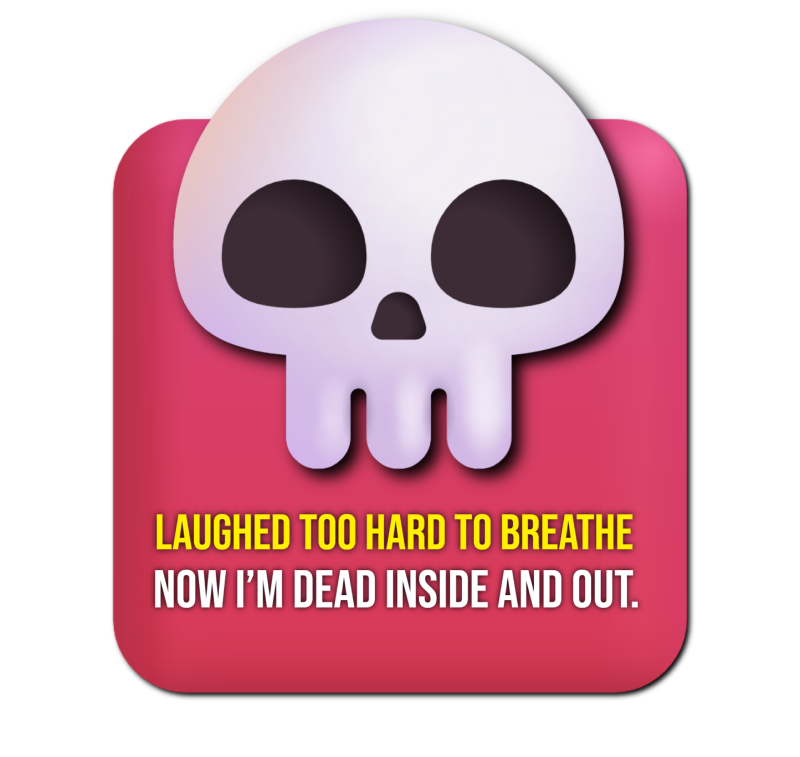
Why the Skull Emoji Replaced the Laughing Face
The crying-laughing emoji had its moment. For years, it dominated conversations and reactions. But it became a victim of its own success. As more users adopted it—especially older ones—it lost its edge. In meme circles, it now reads as painfully earnest, even cringeworthy.
The skull emoji took over because it could do more with less. It doesn’t show emotion. It implies it. That distance gives it a sharper, cooler edge. It’s the difference between someone saying “I’m dying of laughter” and someone just lying silently on the floor, completely done. The skull emoji is that silence. It doesn’t beg for laughs—it earns them through understatement.
From Shakespeare to Sh*tposts: The Skull’s Symbolic Baggage
Long before the emoji, the skull had a long cultural history. Think of Hamlet holding Yorick’s skull. Think of skulls in religious art, punk logos, and Day of the Dead celebrations. The skull was always more than just a bone. It represented reflection, finality, rebellion, and ritual.
What’s strange and delightful is how the skull emoji now carries all that weight—and discards it in a joke. It’s death as meme. A memento mori used to comment on TikTok fails. This contrast is part of what makes it so powerful. It takes a solemn symbol and flips it. The result is something deeply modern: a centuries-old image, repurposed for internet absurdity.
Is the Skull Emoji Doomed to Lose Its Edge?
No emoji stays cool forever. The skull emoji will probably fade at some point—either from overuse or generational turnover. Already, some users are shifting to alternatives like the melting face, the sobbing emoji used sarcastically, or even the standing person emoji for awkward silences. These cycles are natural.
But the skull emoji has one thing going for it: built-in irony. It started serious, became ironic, and stayed funny by refusing to overperform. That makes it harder to kill off. Even when it ages out of mainstream use, it will likely live on in niche memes and retro humour. It’s too good a visual gag to truly die.
Conclusion: Death Has Never Been So Funny
The skull emoji doesn’t mean death anymore—not in any traditional sense. It means a reaction. It means defeat by laughter. It’s a shorthand for the emotional rollercoaster of meme culture, where absurdity rules and overreaction is the norm.
Its rise shows how digital language is constantly reshaped by users. Emojis aren’t fixed symbols. They’re tools we bend, twist, and remix. The skull emoji just happened to be the perfect vessel for a moment in internet humour—dry, ironic, and weirdly human. We’re not laughing at death. We’re laughing with it. Or at least, with its emoji.
